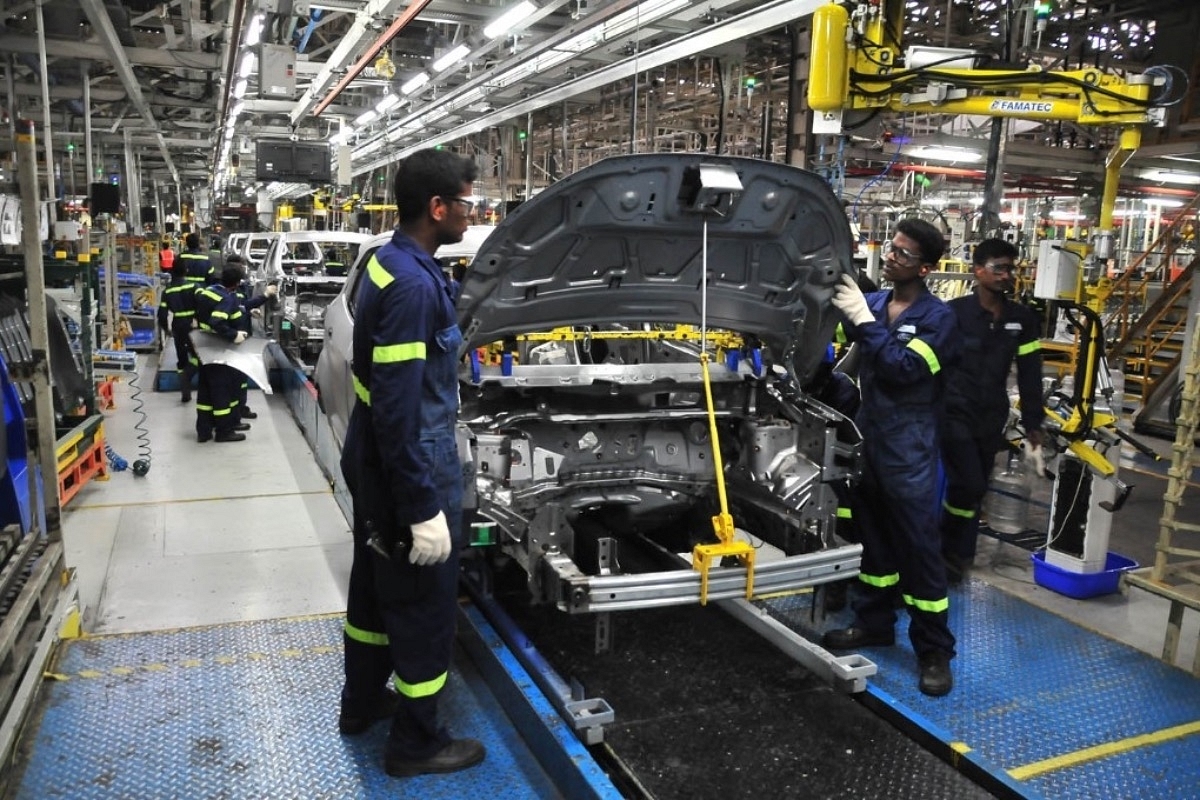Context
Top-Performing States In Business Sector Reforms: What To Know

Representative Image (Autocar Professional)
Finance Minister Nirmala Sitharaman on 30 June announced the assessment of states and UTs under the Business Reforms Action Plan (BRAP) 2020, the fifth edition of the BRAP exercise in New Delhi.
The report has not ranked states/UTs this year. Rather, they have been placed under four categories — top achievers, achievers, aspirers, and emerging business ecosystems.
The top-achiever states are Andhra Pradesh, Gujarat, Haryana, Karnataka, Punjab, Tamil Nadu, and Telangana.
The achievers category includes Himachal Pradesh, Madhya Pradesh, Maharashtra, Odisha, Uttarakhand, and Uttar Pradesh.
The aspirers category includes Assam, Kerala, Goa, Chhattisgarh, Jharkhand, Kerala, Rajasthan, and West Bengal.
The emerging business ecosystems category includes Delhi, Puducherry, Tripura, Andaman and Nicobar, Bihar, Chandigarh, Daman and Diu, Dadra and Nagar Haveli, Jammu and Kashmir, Manipur, Meghalaya, and Nagaland.
The basis: The BRAP 2020 includes 301 reform points covering 15 business regulatory areas such as access to information, single window system, labour, environment, land administration and transfer of land and property, and utility permits.
As many as 118 new reforms were included to augment the reform process further.
Sectoral reforms with 72 action points spread across nine sectors, namely trade licence, healthcare, legal metrology, cinema halls, hospitality, fire NOC, telecom, movie shooting, and tourism were introduced for the first time to expand the scope of the reform agenda.
The assessment gives full weightage to the feedback obtained from actual users or respondents at the ground level, who provided their feedback about the effective implementation of reforms.
The idea behind BRAP is to boost investor confidence, foster business-friendly climate, and augment the ease of doing business across the country.
This is done by introducing an element of healthy competition through a system of assessing states based on their performance in the BRAP implementation.
The objective of assessing states/UTs is not to create a hierarchy among them, but to create an enabling framework wherein learning can be shared among states/UTs, which, in turn, will lead to a nationwide spillover of good practices.
Good work: The Finance Minister appreciated the changes brought in the assessment framework of implementation under the BRAP over the years.
“The reforms now taking place are responsive reforms. Unlike the reforms of 1991, which were given to us for implementation, there is no compulsion now," she said.
"The objective is to see what will bring out improvement in systems and ensure better lives for us."
"An element of nudge has been brought into every layer of the government. Nudging cannot be by the government only and the industry has a big role to play there," the Finance Minister said.
Evolution of assessment: Commerce Minister Piyush Goyal said that the assessment has evolved from evidence-based to 100 per cent feedback in a multilingual format.
Goyal said that the purpose of this BRAP exercise is to infuse a culture of learning from each other and improve upon the business climate in each state/UT with a unified objective for India to emerge as a 'most favoured investment destination' across the globe.
“When Hon’ble Prime Minister gave the thrust in 2014 to improving the ease of doing business, one of his major thrust areas was that while we are working at the international level for improving our ranking, we must involve all the stakeholders, including the states and UTs, in our effort to get them on board, so that people really feel the difference and change in their ecosystem, which will lead to ease of living,” he said.
“The process started in 2014 has started bearing fruit as we go along. Rather than ease of doing business being limited to a few areas, few cities, and few businesses, we are seeing it being reflected across the country through the spirit of competitive federalism and also of collaboration,” he added.
Ease of doing business is a major area of improvement under the Modi government. It also shows the lacunae in states' policies and the appropriate action to be taken to correct them.
Introducing ElectionsHQ + 50 Ground Reports Project
The 2024 elections might seem easy to guess, but there are some important questions that shouldn't be missed.
Do freebies still sway voters? Do people prioritise infrastructure when voting? How will Punjab vote?
The answers to these questions provide great insights into where we, as a country, are headed in the years to come.
Swarajya is starting a project with an aim to do 50 solid ground stories and a smart commentary service on WhatsApp, a one-of-a-kind. We'd love your support during this election season.
Click below to contribute.
Latest